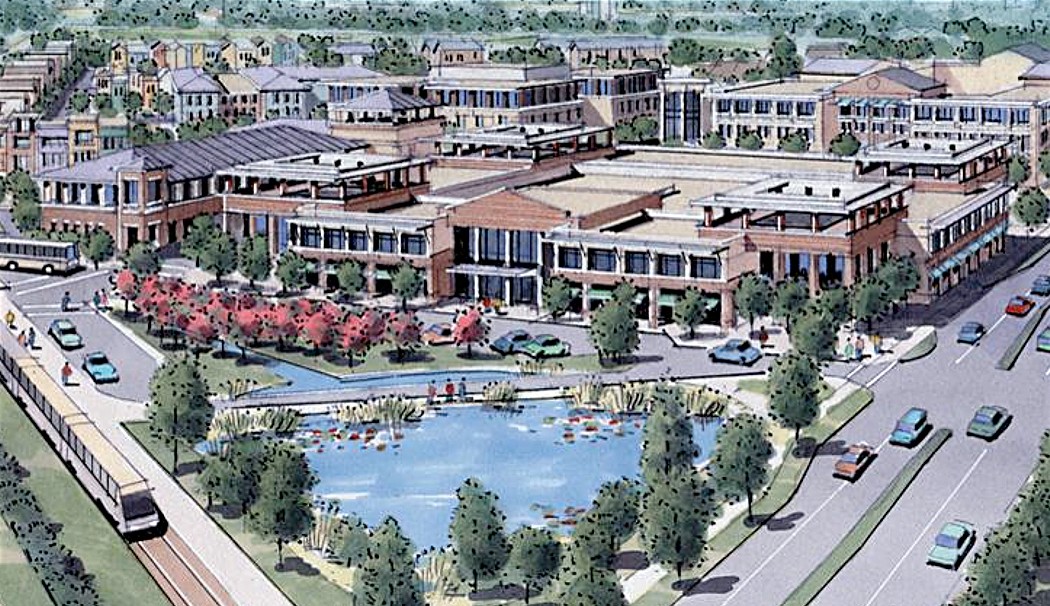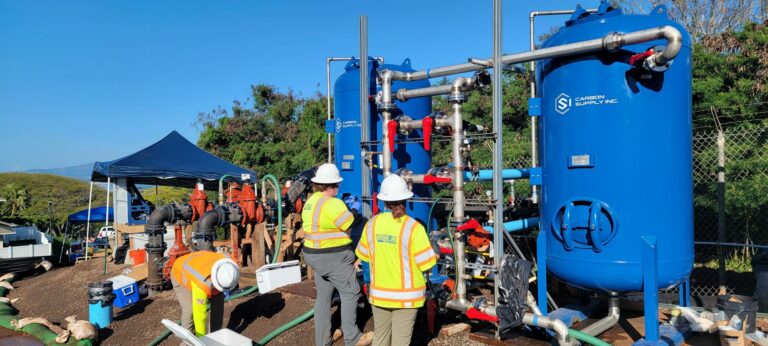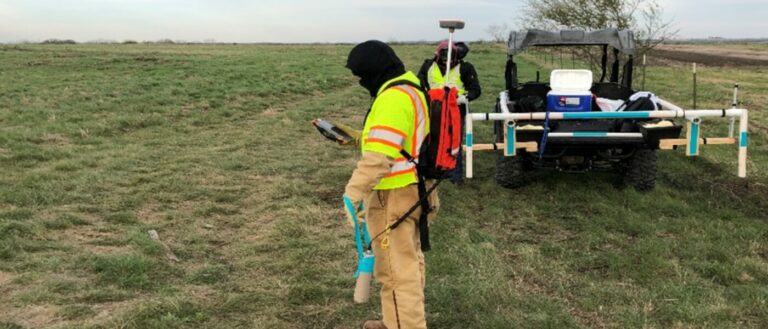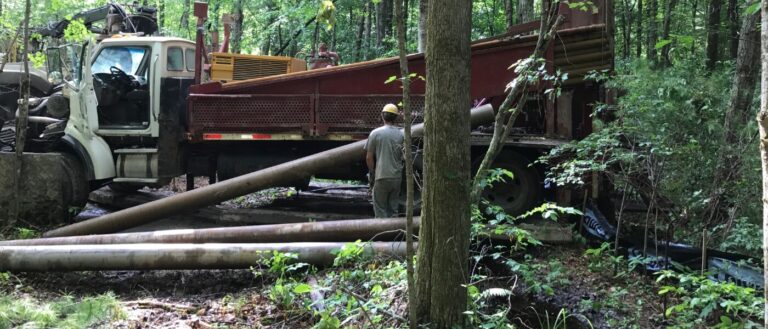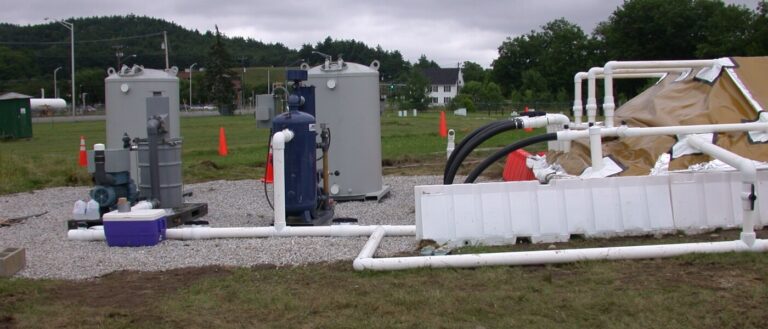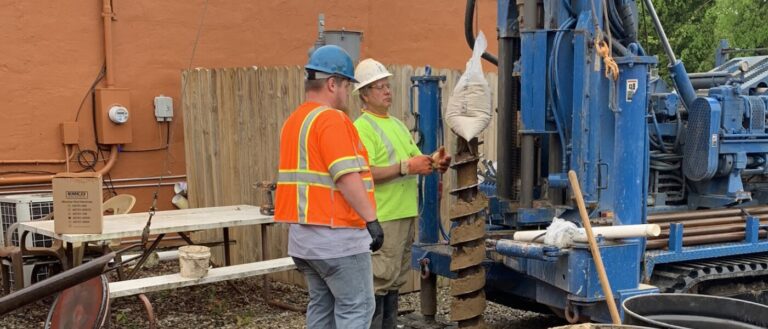Our client, a major national commercial developer, purchased a 72-acre tract of suburban property occupied by a 1940s-era, former chemical research and development facility with the intention of redeveloping the structure as the first mixed-use, transit-oriented redevelopment (TOD) in the City of Austin.
Weston took on the liability for regulatory environmental closure to a residential land use standard and other environmental-based legal risks under a formal liability transfer agreement, then conducted the demolition and site cleanup. The lack of recent subsurface information was a significant challenge and source of risk throughout the demolition and remediation stages, as were a short closure schedule and unexpected on-site/off-site groundwater plume. However, these risks were mitigated pre-transaction by detailed reviews of numerous facility records and interviews with long-term current and ex-employees.
Site cleanup was conducted through the Texas Commission on Environmental Quality (TCEQ) Voluntary Cleanup Program (VCP) under Texas Risk Reduction Program (TRRP) guidance. The short closure schedule and lack of subsurface data were mitigated through active communication/negotiation with State regulators before the closing date to pre-approve the general scope of the soil investigation, applicable cleanup standards, and a unique approach designed to compress assessment and remediation into one phase of work and reporting. The on-site groundwater plume was ultimately addressed by completely excavating the thin, shallow water-bearing zone (weathered fractured bedrock).
The facility operated a pilot plant for small-scale chemical production runs and experiments, several on-site labs for organic chemistry analyses, and a tank farm to store raw chemicals. Wastes generated at the former chemical facility were buried in drums in unlined excavations throughout the property through the 1960s. Laboratory wastes were periodically buried as free liquids and in small containers. The facility also operated a wastewater treatment facility with a 150,000-gallon mixing and equalization tank to treat industrial wastewater and first-flush stormwater.
Remediation comprised decontamination, sampling, and closure of the wastewater pretreatment system and several solid waste management units (SWMUs) per RCRA and TCEQ requirements. The remediation scope of work included excavation and off-site disposal of 20,000 cubic yards of buried waste material and affected soil. The on-site groundwater plume was addressed by construction of a 3-acre, 40-ft deep stormwater retention pond that removed the shallow water-bearing zone (weathered fractured bedrock) after it was determined that active groundwater remediation was infeasible, given the geology, project schedule, and future land use. The off-site groundwater plume (benzene and ammonia), which was in a residential area, was closed using a combination of pump-and-treat technology, in-situ bioremediation, and monitored natural attenuation.
Air monitoring and/or air sampling were performed continuously to ensure that fugitive emissions, odors, and dust were not a threat to local potential receptors because the property was close to residential neighborhoods and a major traffic thoroughfare. Noise levels were monitored and noise reduction procedures developed as a contingency. Weston participated in public meetings and neighborhood presentations to proactively inform the public of the minimal actual health risks and the planned remediation activities to obtain closure.
The TCEQ regulatory closure for the on-site tract of land subject to redevelopment was obtained in half the time required by the contract (2 years), allowing redevelopment to commence significantly ahead of schedule. Weston’s relationship with local government and residential leaders facilitated a smooth transaction to the new land use and resolved local concerns regarding residual effects of past land use. Weston’s excellent relationship and high quality, steadfast service to the developer lead to prompt and efficient resolution of post-closure issues that periodically arose as a result of continued development and refinancing of the property sub-parcels through the end of the 10-year commitment period.
